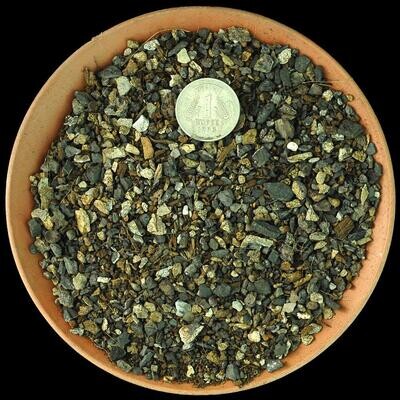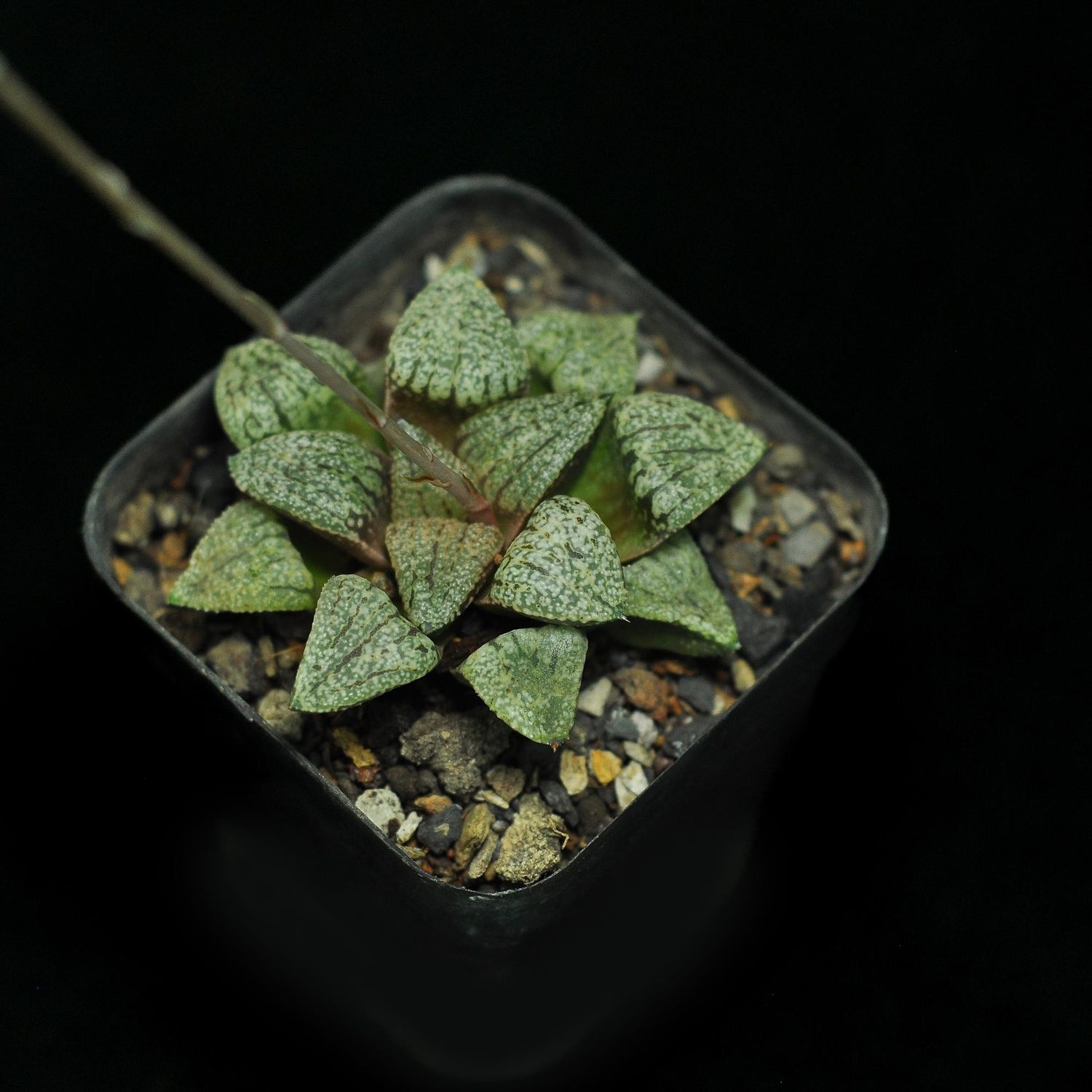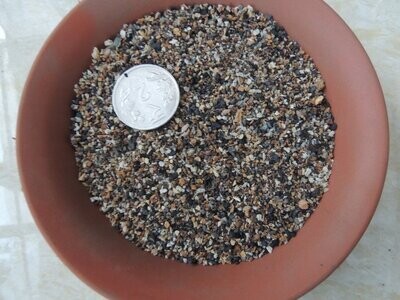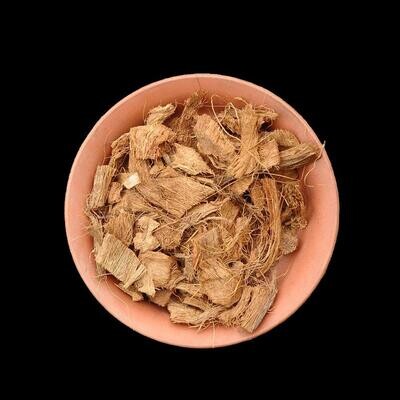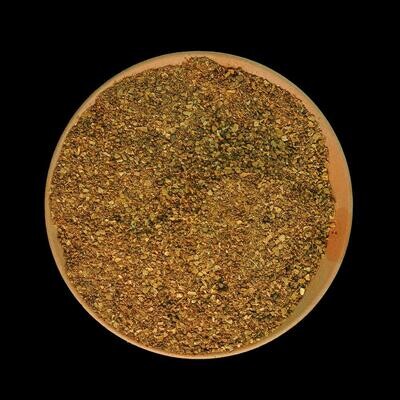Please check the Shipping Updates Page for information on shipping.
Haworthia picta
Origin of Name
The name 'Haworthia picta' is derived from two sources. The genus 'Haworthia' is named in honor of Adrian Hardy Haworth, an esteemed British botanist and entomologist known for his work on succulents. The species name 'picta', from Latin, means 'painted' or 'embellished', aptly describing the plant's attractively patterned foliage that resembles fine brushwork.
Technical Description of Plant
Haworthia picta is a small, rosette-forming succulent known for its striking, decorative leaves. The rosettes are compact, typically growing up to 3-5 inches in diameter. The leaves are thick and fleshy, often a deep green with intricate white or lighter green markings that can appear as spots, lines, or other patterns, varying significantly among plants. These patterns give each rosette a unique, hand-painted appearance. Haworthia picta rarely flowers, but when it does, the flowers are small, white, and borne on slender, elongated stems. The plant's charm lies primarily in its ornate foliage.
Origin of Plant
Haworthia picta is native to South Africa, particularly in the Eastern Cape Province. It typically grows in semi-arid regions, often in rocky or sandy soils, and is adapted to environments with limited water.
Conservation Status
Currently, Haworthia picta is not listed as an endangered species. However, as with many succulents, responsible cultivation and propagation are crucial to ensure sustainability and reduce pressure on natural populations.
Care Instructions
Haworthia picta prefers bright, indirect light but can tolerate some partial shade. It should be protected from intense direct sunlight, which can scorch its leaves. A well-draining soil mix, typical for succulents, is essential. Water moderately during the growing season, allowing the soil to dry out completely between waterings, and reduce watering in the winter. Haworthia picta is not frost-tolerant and should be kept in a warm environment during cold months. Fertilization is generally not necessary, but a light feeding with a succulent fertilizer can be done during the active growing season if desired.
